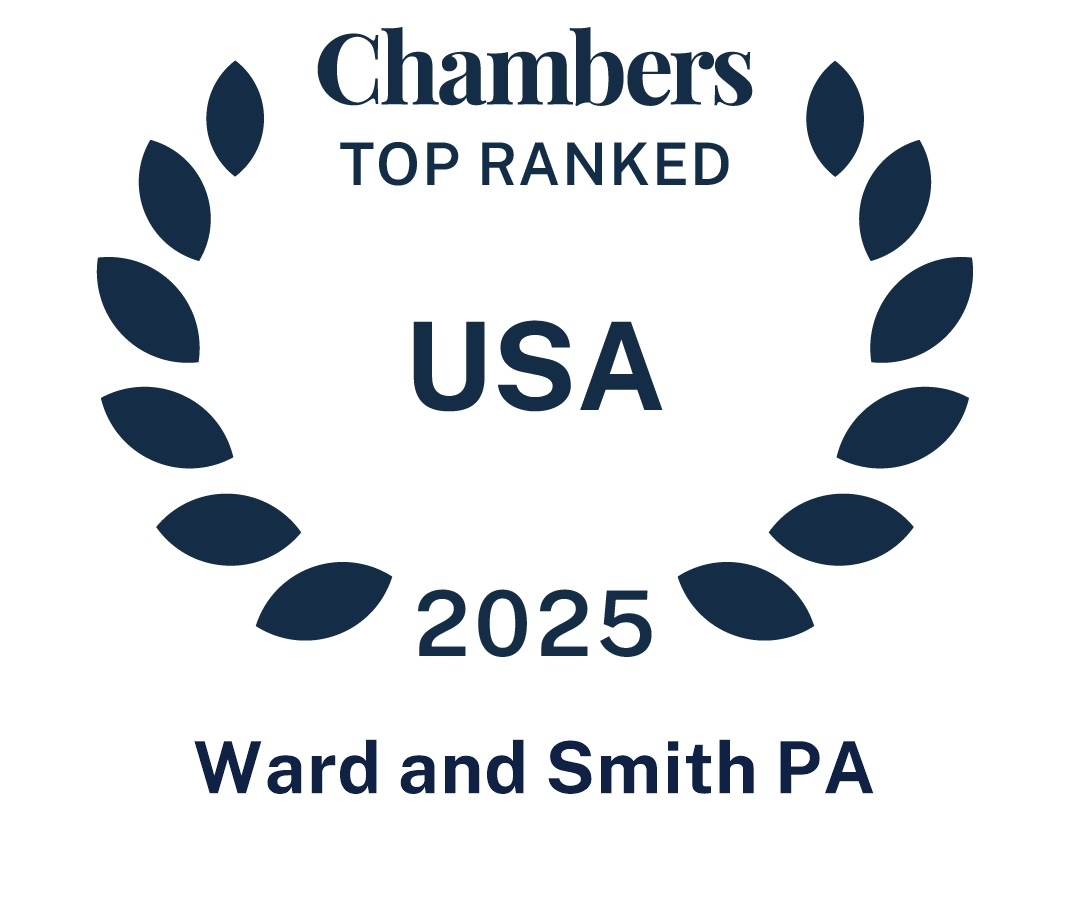Attorneys practicing in the Fourth Circuit should take note of the Court’s recent published decision in American Federation of Teachers v. Bessent, No. 25-1282 (4th Cir. Aug. 12, 2025) (AFT).
In that case, the U.S. Court of Appeals for the Fourth Circuit vacated a district court’s preliminary injunction and outlined an analytical framework that could change how courts evaluate injunction requests going forward.
Most trial and appellate attorneys know the Supreme Court’s four-factor test from Winter v. Natural Resource Defense Council. Under Winter, a plaintiff seeking a preliminary injunction must show:
- Likelihood of success on the merits;
- Likelihood of irreparable harm;
- That the equities favor relief; and
- That an injunction is in the public interest.
In AFT, the Fourth Circuit reaffirmed that these factors must be rigorously applied—while introducing what could be an important new wrinkle for plaintiffs in complex, multi-issue cases.
The Case at a Glance
The case arose from Executive Order 14,158, which created the Department of Government Efficiency (“DOGE”). The Order required several federal agencies—including Treasury, Education, and the Office of Personnel Management (OPM)—to give DOGE employees broad access to their systems.
The American Federation of Teachers and other plaintiffs sued the agencies and their leaders, alleging that DOGE’s access to personal data violated the Privacy Act and the Administrative Procedure Act (APA). They obtained a preliminary injunction in the district court.
On appeal, the Fourth Circuit vacated the injunction, finding the plaintiffs had not shown a likelihood of success on the merits—the first Winter factor. The Court used the case to explain, in detail, how trial courts should assess that factor in complex litigation.
Reaffirming the “Extraordinary Remedy” Principle
The Fourth Circuit first emphasized what is now well-settled law: under Winter, a preliminary injunction is an “extraordinary remedy.” Failing to prove any of the four factors defeats the request. That asymmetry, the Court noted, is by design.
The “Multiplicative Problem”
The most significant part of the opinion came in the Court’s discussion of the likelihood of success. The panel identified what it called the “multiplicative problem.”
When a plaintiff must prevail on multiple independent, dispositive issues to win, their overall likelihood of success is the product of the probability of prevailing on each individual issue.
In other words, the more separate hurdles a plaintiff faces, the more those probabilities compound against them.
Consider these scenarios:
- Single-issue case: If a plaintiff has a 75% chance of prevailing, they likely clear the first Winter factor (assuming the others are met).
- Two-issue case: What if it’s unclear that the plaintiff has standing (that is, the ability) to sue? If it has a 75% chance of establishing standing and a 75% chance of winning on the merits, the combined probability is only 56% (0.75 × 0.75).
- Five-issue case: Even with a 75% chance on each issue, the plaintiff’s overall likelihood drops to about 24%—making them, statistically, an underdog despite being favored on every individual question.
The dissent warned that this approach “stacks the deck” against plaintiffs. But the majority suggested it is the logical way to evaluate the Winter standard in multi-issue litigation.
Application in This Case
The Court identified four independent, potentially dispositive issues, which made an injunction inappropriate:
- Standing – The Court questioned whether disclosure of private information is a sufficient harm to give the plaintiffs the right to sue. Under an earlier Supreme Court case, TransUnion LLC v. Ramirez, the violation of a legal right (i.e., a legal injury) does not give a party a right to sue unless that violation is accompanied by some real-world harm.
- Final Agency Action – The APA gives plaintiffs a right to challenge “final agency action,” not interim decisions. The Court questioned whether DOGE’s access qualified as “final agency action” under the APA.
- APA Preclusion – A party cannot sue under the APA unless it possesses no other adequate legal remedy. The Privacy Act provides a remedy. The Court questioned whether the Privacy Act’s remedial scheme barred APA review.
- Privacy Act Exception – The Privacy Act isn’t a wholesale prohibition on providing access to personally identifiable information. It allows government employees to access such information when there is a “need for the record.” The Court suggested that exception might apply here, where the agencies were providing information pursuant to an Executive Order.
The Court did not conclusively resolve these questions. Nor did it assign probabilities to the plaintiffs’ likelihood of success. Still, it walked through the merits of each issue and found that plaintiffs were far from certain to succeed on all four—and the combination of uncertainties on these issues made overall success unlikely.
Practical Takeaways for Practitioners
This opinion suggests the Fourth Circuit may now favor a more granular, probability-based analysis of the Winter factors. What does that mean?
- If you’re seeking an injunction:
- Map every issue early. Identify each independent hurdle you must clear.
- Address the weakest link. One weak issue can sink the whole injunction request.
- Quantify your case. Consider framing strengths and weaknesses in probability terms to anticipate the “multiplicative” analysis.
- If you’re opposing an injunction:
- Exploit the framework. Highlight every independent issue to lower the aggregate chance of plaintiff success.
- Preserve appellate angles. Each issue is a separate opportunity to challenge an injunction on appeal.
In either case, if you’re a trial lawyer seeking an injunction, you should consider engaging appellate counsel to help you map out your multi-issue case, quantify the chances of success, and navigate the Court’s probabilistic framework.
What’s Next?
Those intrigued by these issues should watch what the Court does in American Federation of State, County & Municipal Employees v. Social Security Administration (AFSCME), which is currently set to be argued before the full (or en banc) Fourth Circuit in September. Judge Jay Richardson, the author of the AFT opinion, called AFSCME its “legal twin.” For those who are unfamiliar with the process, cases are heard by panels of three judges whose decisions bind the full Court in future cases. The only way to deviate from a panel decision is for the Court to take a case en banc. En banc cases are heard by all 15 judges, who are free to overrule earlier opinions. Because AFSCME and AFT raise nearly identical questions, the full Court will have the opportunity to revisit the latter case.
It's tempting to think that the Court will reverse AFT in AFSCME. After all, the former opinion was written by Judge Richardson, a Trump appointee, with Judge G. Steven Agee, a Bush appointee, signing on. The lone dissent was Judge Robert King, a Clinton appointee. In his dissent, Judge King argued that multiplying probabilities impermissibly imposes a heightened standard beyond what the Supreme Court requires. Because the Court currently has 8 judges appointed by Democratic presidents, compared to only 7 appointed by Republican presidents, it’s easy to assume that Judge King’s position will garner a majority of the Court in AFSCME.
I am curious to see what Judge Toby Heytens, a Biden appointee, does in this situation. Judge Heytens broke with the other Democratic appointees when he voted against granting en banc consideration in AFT, even though he later voted in favor of taking AFSCME en banc. While these procedural votes may not reflect his view on the merits of the case, they do reflect a willingness to think about these issues independently, which may make him the “swing” vote on the Court.
Conclusion
AFT may mark a significant shift in the Fourth Circuit’s injunction analysis. By reframing “likelihood of success” as a compounded probability, the Court raised the stakes for plaintiffs in multi-issue cases. Whether seeking or opposing an injunction, attorneys must now think in terms of both legal theory and probability math—because in the Fourth Circuit, clearing Winter’s high bar may now require perfect footing on every rung.








